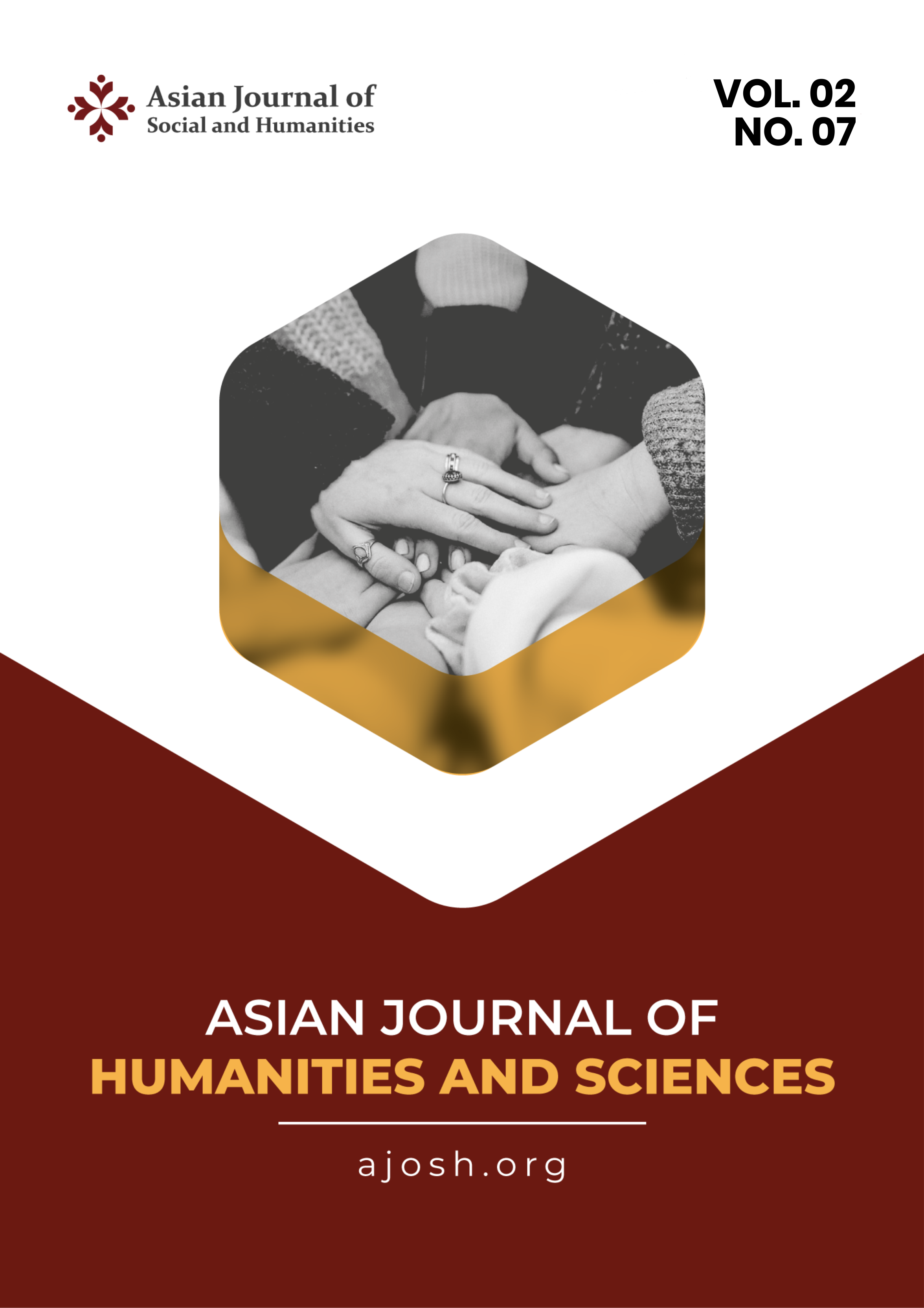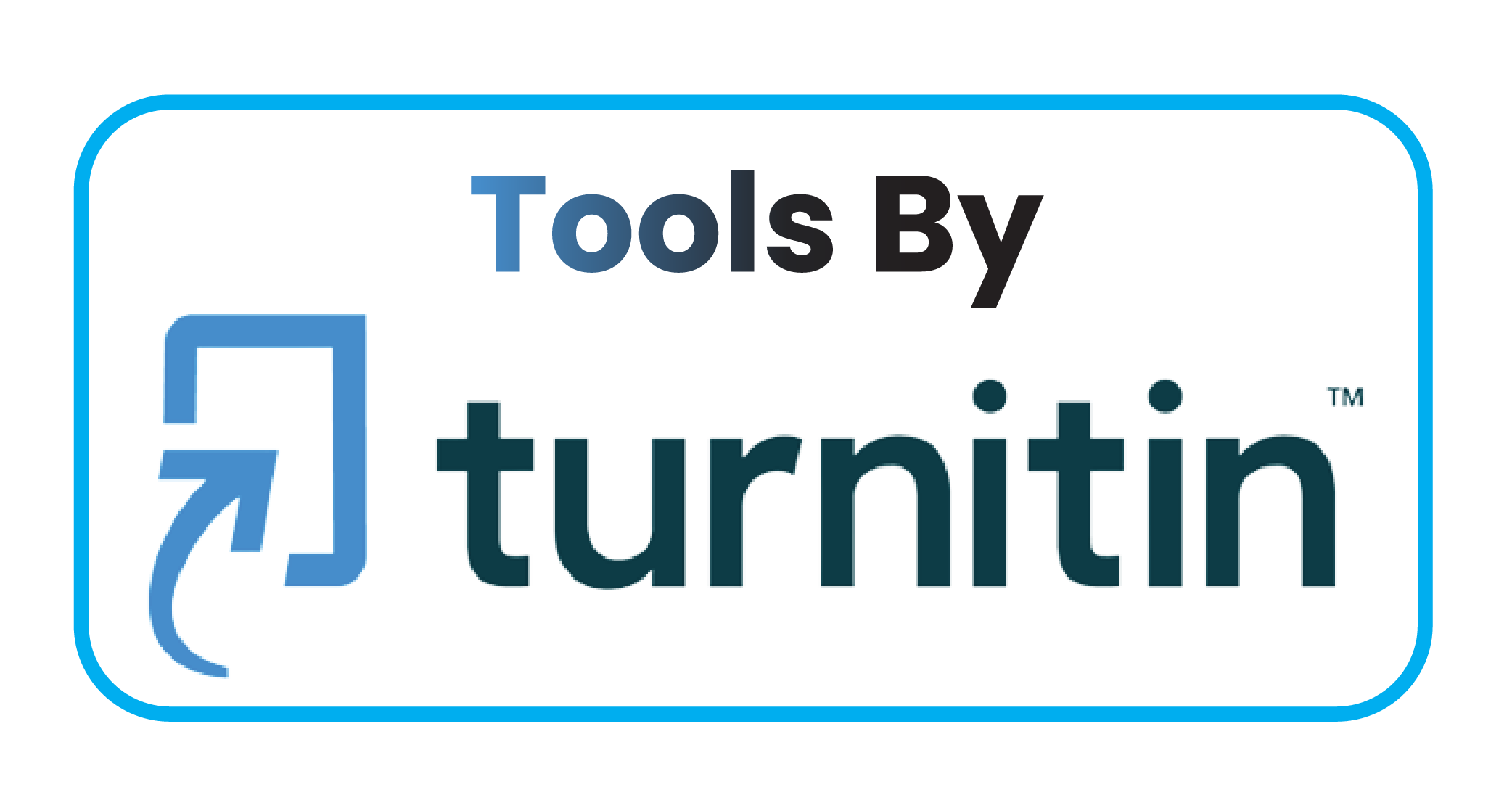Handover Training Using Proin Ho On Self-Efficacy and Nurse Satisfaction at Anna Hospital, Bekasi City
DOI:
https://doi.org/10.59888/ajosh.v2i7.296Keywords:
proin ho training;, self-efficacy;, satisfactionAbstract
The quality of hospital services is focused on patient safety. The use of electronic technology in the form of health information improves patient safety through effective communication between health workers. A structured electronic handover process that can be used to support verbal handovers and reduce the risk of medication errors. This study aims to determine the effectiveness of the electronic Handover (Proin Ho) training program on nurses' self-efficacy and satisfaction. The research was conducted in June 2023. The research sample used a total sampling of 124 nurses with 62 respondents in each group. Quantitative Quasi Experimental research method with pre post with control group with criteria for nurses with PK level 2 and 3, following full training, willing to be respondents. The data collection tool is a questionnaire. Data analysis used t test and mutivariate backward LR linear regression. The research results showed that most of the nurses were <25-35 years old, women with D3 Nursing and PK III education. There are differences in Self-Efficacy from the 3 dimensions, most of them are good. There are differences in nurse satisfaction from the 4 dimensions, most of whom are satisfied. There was an influence on nurses' self-efficacy before and after being given the electronic handover program (Proin Ho) (p-value 0.001). There is an influence of satisfaction (p-value 0.000). Training and age are related to Self-Efficacy with p value: 0.000. Meanwhile, training ((pvalue: 0.000), age (pvalue: 0.001) and education (pvalue: 0.026) with nurse satisfaction (p<0.05).
Published
Issue
Section
License
Copyright (c) 2024 Dewi Banjarsari, Regina VT Novita, Sudibyo Supardi

This work is licensed under a Creative Commons Attribution-ShareAlike 4.0 International License.
Authors who publish with this journal agree to the following terms:
- Authors retain copyright and grant the journal right of first publication with the work simultaneously licensed under a Creative Commons Attribution-ShareAlike 4.0 International. that allows others to share the work with an acknowledgement of the work's authorship and initial publication in this journal.
- Authors are able to enter into separate, additional contractual arrangements for the non-exclusive distribution of the journal's published version of the work (e.g., post it to an institutional repository or publish it in a book), with an acknowledgement of its initial publication in this journal.
- Authors are permitted and encouraged to post their work online (e.g., in institutional repositories or on their website) prior to and during the submission process, as it can lead to productive exchanges, as well as earlier and greater citation of published work.










